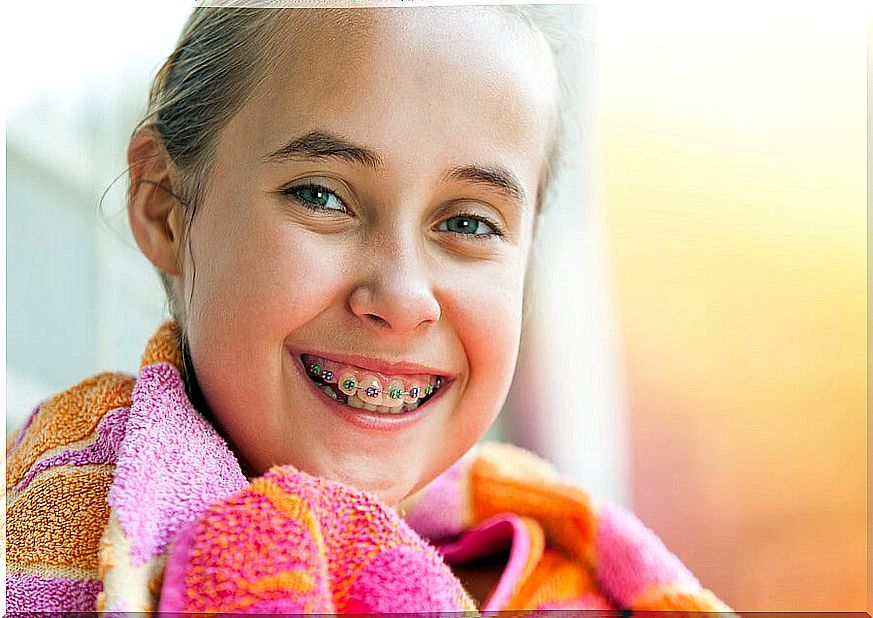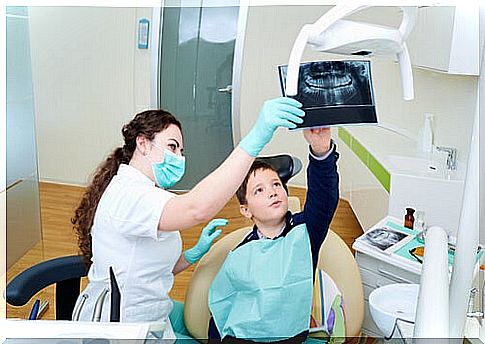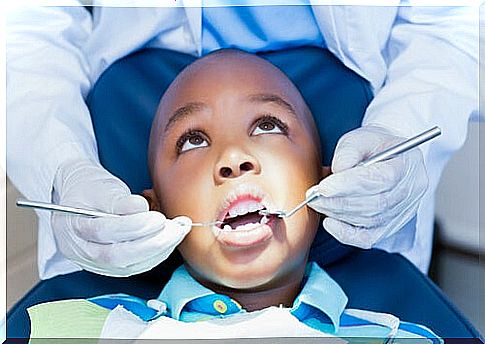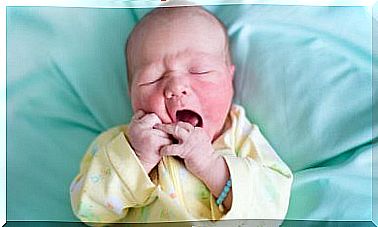Children With Orthodontics: What Are The Recommendations?

Specialists recommend that the first dental check-ups of children be at 7 years of age, when the molars and incisors have already come out and it is easier to assess their position. If there is any defect, it is time to start a treatment; children with orthodontics should be evaluated gradually in order to obtain satisfactory results.
Dental health is of great importance. In fact, few people naturally have good teeth, so most need orthodontic treatment.
However, the most frequent questions that parents ask themselves, and perhaps you too, are: When to resort to orthodontics? What is required for orthodontic treatment?
When to resort to orthodontics?
Although orthodontic treatments can be started at a young age , it is best to do it when most of the teeth have come out; that is, between 9 and 12 years of age.
There may also be younger children with orthodontics. This is generally due to different factors such as cross bite, genetic problems in the palate, use of a pacifier or finger in the mouth.
What is it for?
Orthodontics has at least three fundamental objectives:
- Achieve symmetry in the teeth.
- Correct functional problems.
- Improve the physical or aesthetic appearance of the mouth.
Recently, it has been concluded that oral health affects the well-being of the entire body. This is why preventive and corrective dental treatments have evolved.

Additionally, parent awareness has allowed more children with orthodontics. This prevents them from having low self-esteem, by improving their appearance and health in the future.
When dental anomalies are treated at a young age, annoying and more expensive processes are avoided in the future, perhaps due to having to perform another type of treatment, such as surgery. Likewise, during childhood it will be easier to rearrange and correct the position of the teeth, since the child is at the beginning of its formation and will be more docile.
Instruments according to the defect to be corrected
Medical innovations have come to dental treatments. Currently, there are several types of braces recommended for different conditions in children that require orthodontics. There is even interceptive orthodontics, which is applied even if your child has not changed all the teeth.
The tools to correct dental malformations are of two types: fixed orthodontics and removable orthodontics.
Fixed orthodontics
These appliances stay attached to the teeth and some have become very popular, such as braces. These serve to redirect the teeth to give them the correct symmetry and alignment; others are for the purpose of correcting bad habits.
Removable orthodontics
They are manipulated by the user, made of light material and are attached to the molars with a small hook. Its use is very specific, so the result will depend on how long your child uses it.
The interesting thing is that technological and medical advances applied by orthodontists have allowed these appliances to be lighter, of higher quality, comfortable, and safe. Many times they go unnoticed by their design.
What is required for orthodontic treatment?
Your specialist doctor should perform certain tests, including a r maxillofacial adiografía or pan. In this way, they will be able to determine where the problem itself lies and point to the best treatment for each child.
Recommendations for children with orthodontics
You can take these guidelines into account to make life easier for your children with orthodontics:
- In case of removable orthodontics, the child should carry a case where they can keep them safely while eating.
- Both the hygiene and the brushing of your mouth will be essential, as well as the delicate or careful cleaning of the device.
- Go without fail to the necessary check-ups of your child so as not to delay the progress of the treatment.

Following these recommendations can prevent your child from having to wear orthodontics more than necessary. Thus, the doctor will be able to make further adjustments in each consultation with the consequent physical discomfort, especially in the case of braces .
Remember that crossbite problems and also other problems related to teeth are more common than you might imagine. They could even condition your little one’s way of speaking, chewing and breathing.
Therefore, do not take it lightly: take your children to a dental visit to start taking care of their health in every way.










